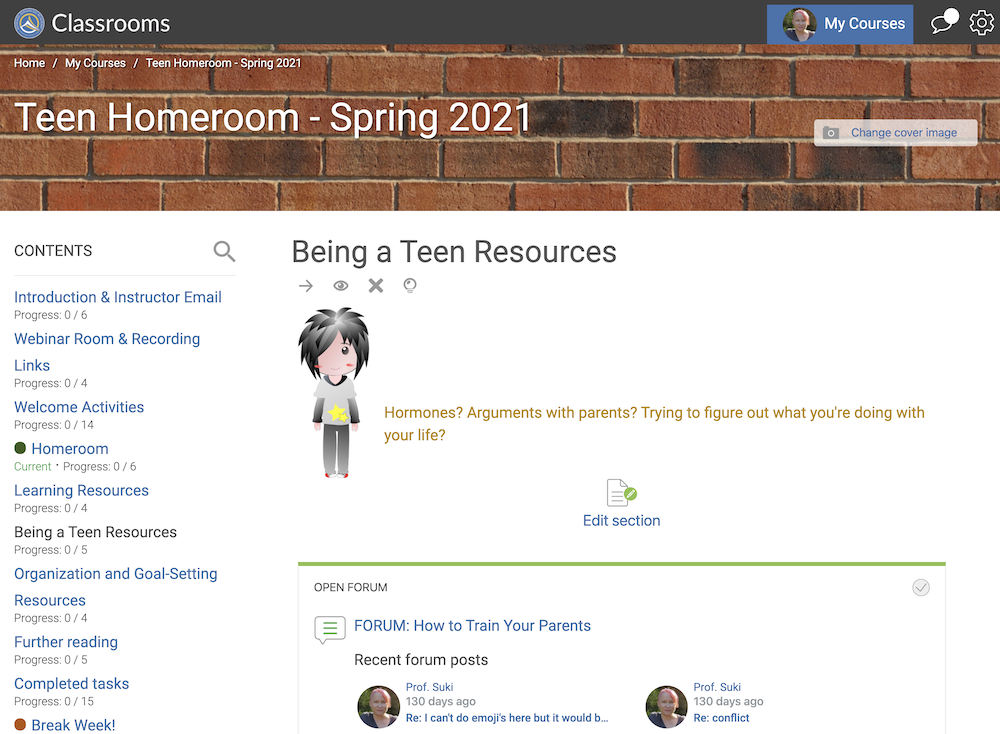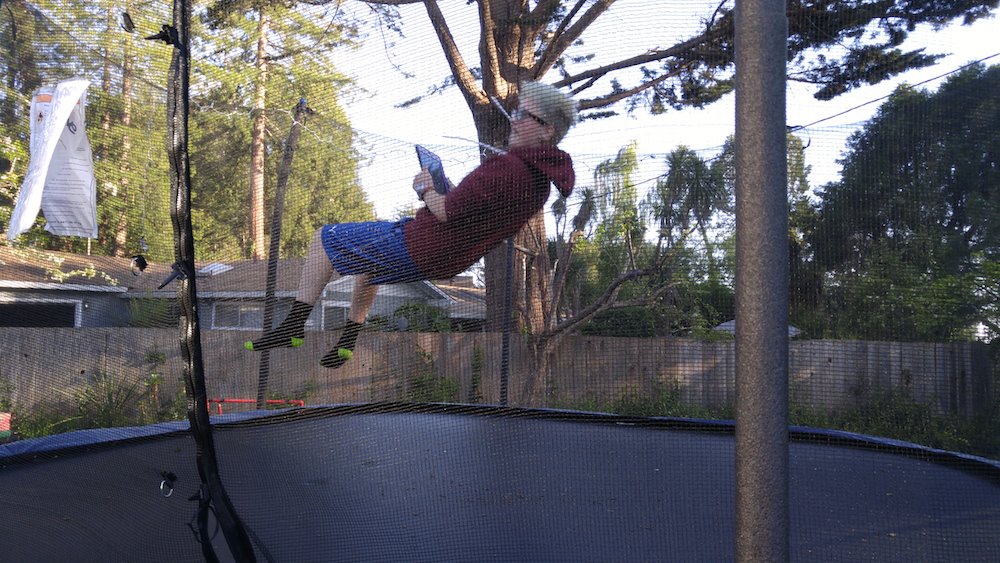Before we start, here are a few key details about what online education is and isn’t:
- Good online courses are not equivalent to the “distance education” provided by many schools during the pandemic. An online course should be designed to be online.
- Online courses are usually standalone and this article won’t cover full-time online education (which I don’t usually recommend except in emergency situations).
- Some children thrive in online learning; others don’t. Know your child, and don’t blame the class or the teacher if your child simply doesn’t take to online learning.
- Good online learning requires parental involvement.
Choose a course through direct recommendations from parents when possible
At Athena’s where I teach, we get almost all of our new families through parent referrals. There’s a good reason for that: We are a known quantity and provide consistent quality. You can certainly take a chance on someone new, but don’t think that just because they are using a well-known platform that anyone can pay to use that it will be a good class. I suggest that you join a group on the platform of your choice that has parents whose children have similar needs to yours, and ask for recommendations.
If possible, the course should have a live, synchronous component
“Synchronous” just means that the students and teacher are sometimes in the same place at the same time, interacting in real time. When you start looking for classes, you’ll notice that this isn’t always the case. The reason I recommend it is that asynchronous learning really isn’t most kids’ cup o’ tea. No matter how engaging pre-recorded videos are, they don’t substitute for real, live interaction with a human.
One aside about video courses: Kids who have a specific passion might find that self-directed, asynchronous courses are very engaging for them. For example, I have known some science-crazy kids who just love video-based online science courses.
Asynchronous components should be engaging and keep the student connected to the material between live classes
“Asynchronous” materials are parts of the course that can be accessed anytime. A great live teacher will lose their audience if there is no connection to material outside of class. Students should be able to explore on their own and learn more deeply between live classes.

There needs to be open, two-way communication between the teacher and the students
Lots of courses have distant, inaccessible teachers who pop on once a week, say their piece, and then leave. That may be OK for a college course, but not for kids. Kids should feel free to connect with their teacher anytime via email, a messaging system, or forums.
The most engaging online environments include multi-way social opportunities for the students
At the very least, students should be able to chat before and after class. On top of that, there should be open forums where students can trade ideas and collaborate between classes. Remember, learning is a social activity. One of the big mistakes that teachers new to online learning made was to try to shut down the sort of chatter and fun that makes a school worth going to.
My own opinion is that courses for younger children should be ungraded
Grades do encourage a small subset of students to achieve higher, but research shows that those students are already the high achievers. An ungraded, supportive environment is the most encouraging environment for the bulk of students.



